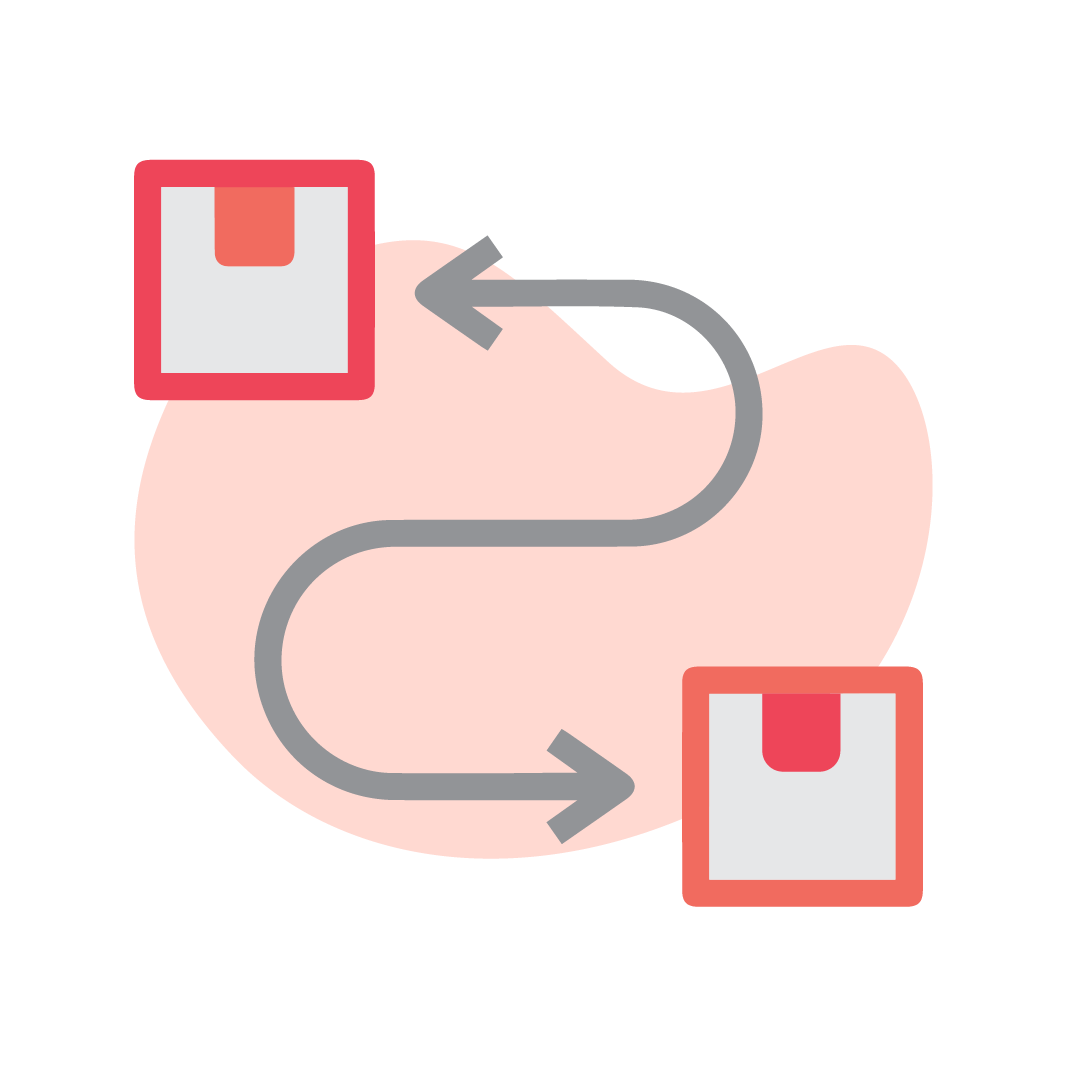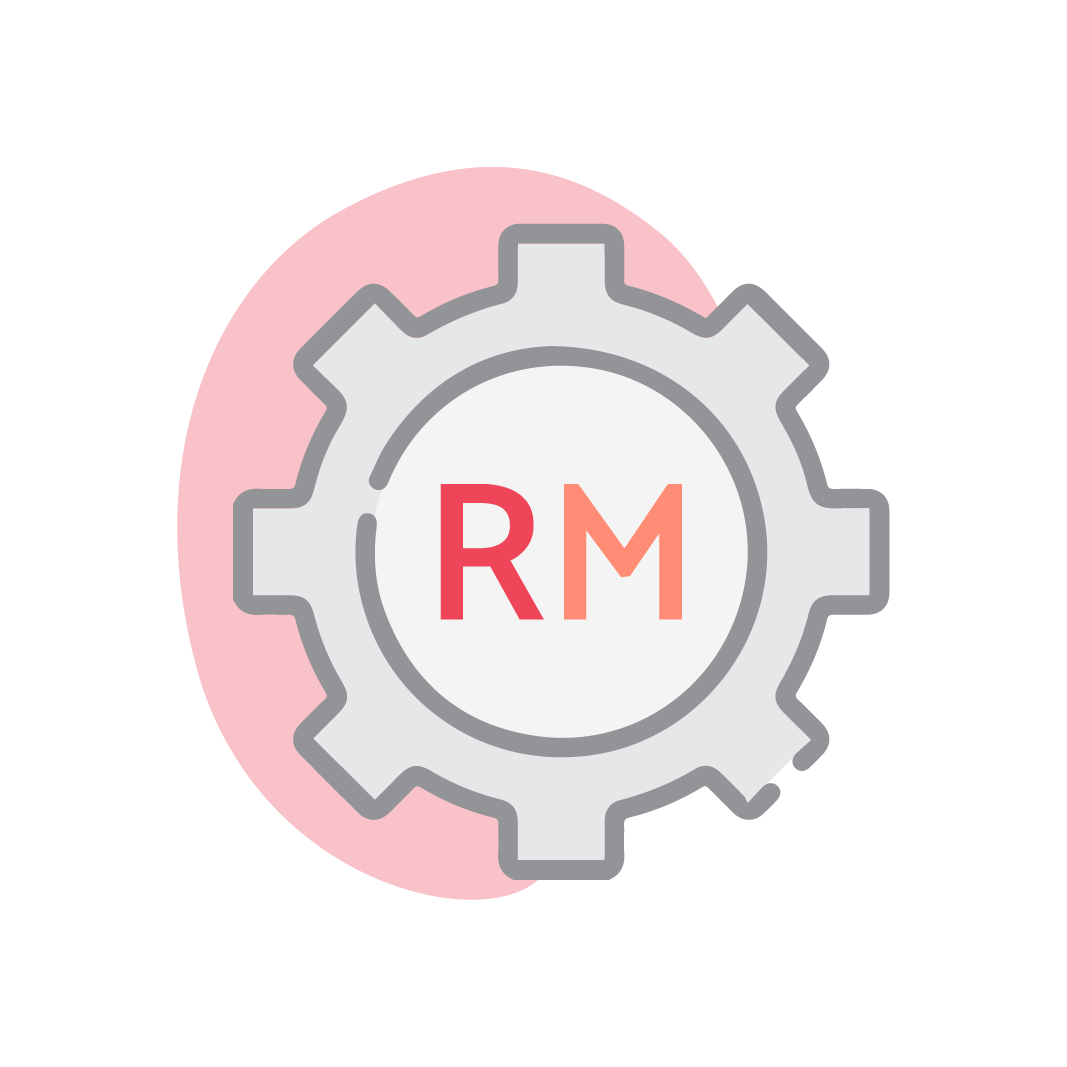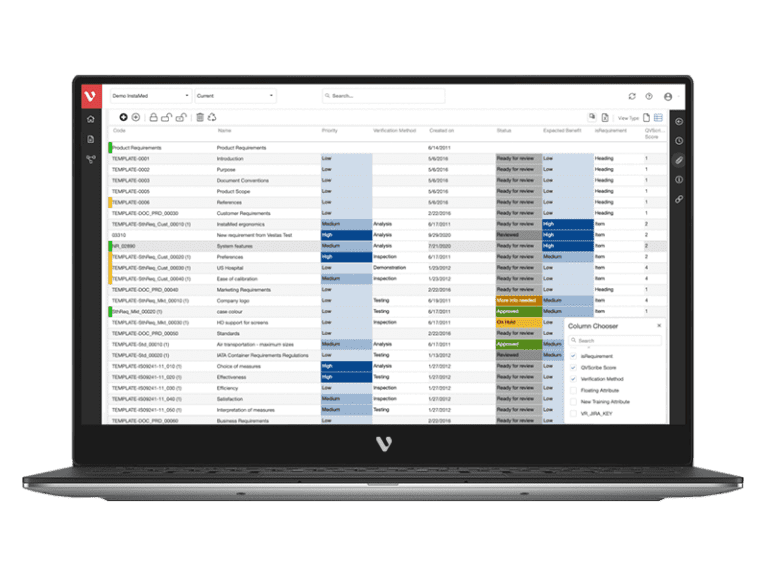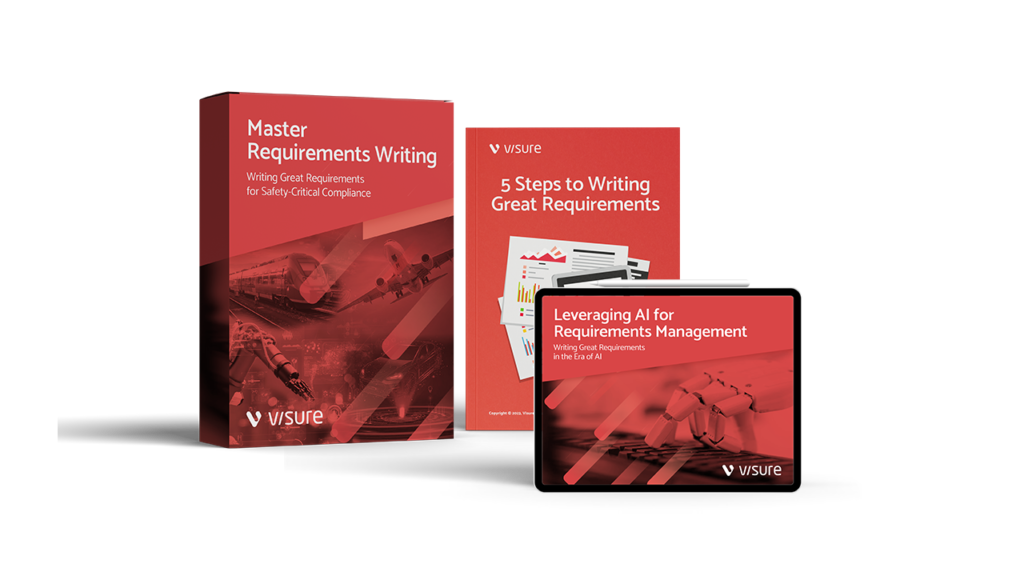SPARX SYSTEMS ENTERPRISE ARCHITECT INTEGRATION
Integrating Sparx EA with Visure Requirements ALM
Empower engineering teams building complex products or systems to manage traceability, requirements and design modeling by integrating Visure Requirements ALM with Sparx EA.
- Most cost-effective
- Access All Features
- 30-Day Trial



Export and Import To & From Enterprise Architect
Enterprise Architect is a multi-user, visual, and graphical design tool made to help engineering teams build robust and maintainable systems, and based on the OMG UML. Through this integration, it is possible to send to Sparx EA the Visure requirements used during the analysis step and take them as the starting point for modeling and design.
With this powerful bi-directional synchronization teams can sync items from Visure to Sparks EA, and vice versa. This will allow teams to collaborate with ease, and increase transparency in real-time. As in all the integrations developed by Visure, this synchronization between both tools is performed using a powerful change management mechanism that avoids overwriting information.
- Export & Import from Sparx EA to Visure
- Avoid Overwriting Across Tools
- Export & Import from Visure to Sparx EA
- Manage the Complete Change Mechanism
Why Top Leading Safety Critical Companies Manage Migrate from Sparx EA to Visure

Reduce Risk & Manage Standard Compliance
Mitigate Risk and avoid stressful compliance audits across projects by centralizing and tracing in a single source of platform.

Full end-to-end Traceability, including Source Code
Configure your data model and gain full traceability between tests, requirements, risk, defects and all items, including source code to specific requirements.

Simple Import and Export Data
Increase your productivity by using simple import and export data features from ReqIF and MS Office Word and Excel.

Facilitate Real Time Collaboration & Alignment
Visure integrates bi-directionally and automatically with the top industry engineering tools, easing collaboration among teams in real time.

Easy to use UX/UI Requirements ALM Tool
Forget about legacy tools user friendly experience, and implement an easy to use Requirements ALM tool with a low learning curve.

Most Value to Price Product in the Market Guaranteed
We are committed to your team's project success by delivering within budget. That's why Visure's pricing is a fraction from other competitors.

Maintain Security Across Development
With our On-Premise Licensing option, you can easily deploy and maintain security across all your projects within the tool.

Accelerate Project Speed to Market
Increase your team's productivity with reusability of components across projects and automating repetitive tasks through open source code & AI.

Access Premium Support, Trainings and Consultations
Fast track your team's success by getting your team up and running easily, while staying on top with industry best practices.
1,000+ Highly Regulated Organizations Trust Visure














What industry professionals say about us





As posted in G2, SoftwareReviews and TrustRadius.
Ensure Regulatory Compliance.
Enforce Full Traceability.
Accelerate Your Timelines.
- Most cost-effective
- Access All Features
- 30-Day Trial

On average, our customers experience:
See what’s possible when migrating or integrating Sparx EA with a Modern Requirements Management Software Solution.
PER PROJECT
TO MARKET
PREPARING FOR AUDITS
